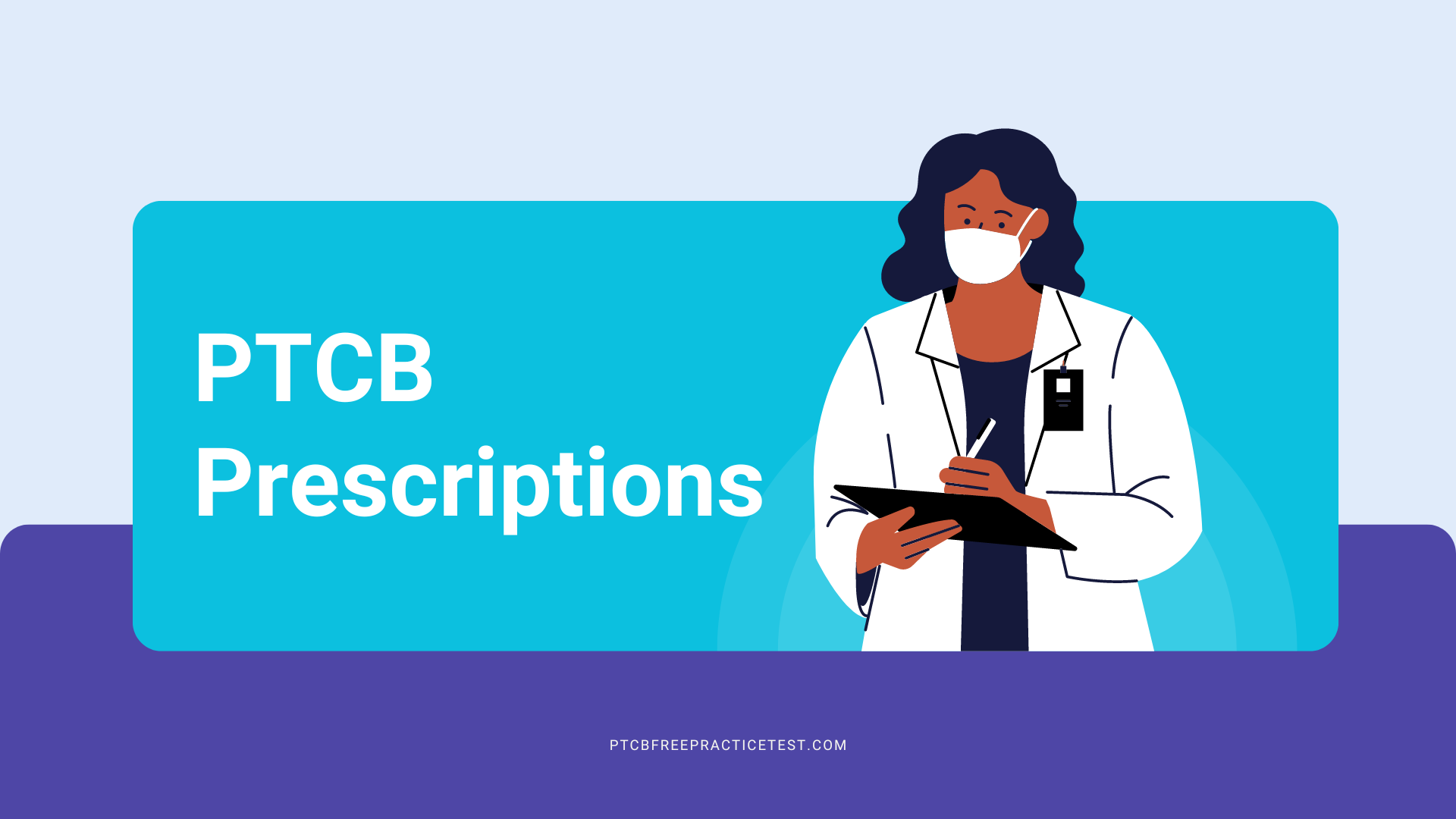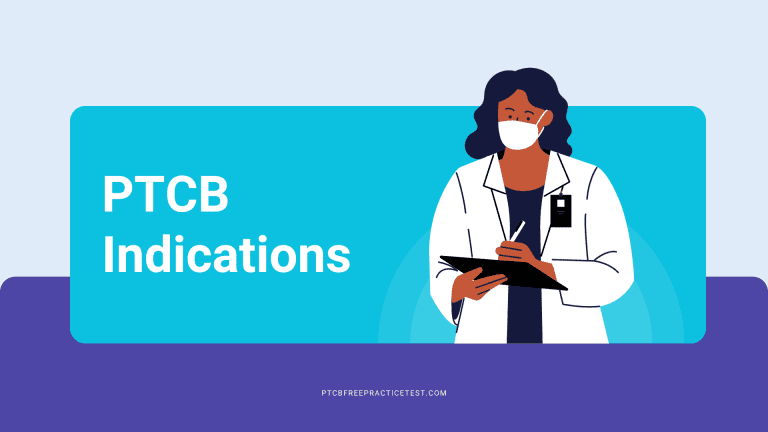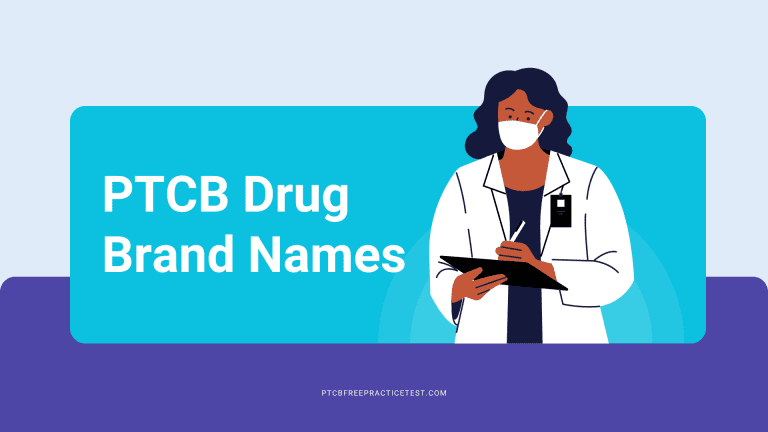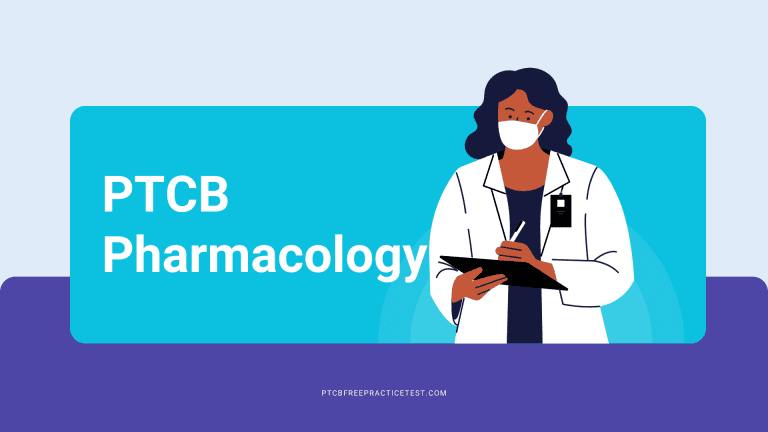Book Appointment Now

PTCB Prescriptions Practice Test
This practice test will help you prepare for the Pharmacy Technician Certification Board (PTCB) exam. It covers prescription interpretation, labeling requirements, dispensing processes, and patient communication.
Pharmacy Prescriptions Practice
Results
Congratulations! You’ve Passed the Practice Test!
Well done! Your hard work and dedication have paid off. Passing this practice test demonstrates your strong understanding of prescription-related concepts and prepares you well for the PTCB exam.
Don’t Give Up! Review and Try Again.
It looks like you didn’t pass this practice test, but don’t get discouraged. Every mistake is an opportunity to learn and improve.
#1. Which medication must contain the prescriber’s DEA number on the prescription?
#2. What does the abbreviation “qd” mean on a prescription?
#3. What does the abbreviation “ac” mean on a prescription?
#4. A prescription is written for “Prednisone 10 mg, 1 tab po qd x 5 days, then 1/2 tab po qd x 5 days.” How many tablets will be needed to complete the therapy?
#5. What should you do when a prescription is transferred to your pharmacy?
#6. What is a benefit to using automated dispensing devices in the pharmacy?
#7. What does “po” indicate on a prescription?
#8. What is required on a noncontrolled prescription?
#9. A prescription reads “Synthroid 0.1 mg, 1 tab po qam.” When should the patient take this medication?
#10. A prescription is written for “Lisinopril 10 mg po qd.” What does “qd” mean?
#11. Besides a prescription label, what is another type of label that you generally adhere to the prescription bottle?
#12. Which medication should have the patient’s full address on the prescription?
#13. What is tall man lettering?
#14. Where is insulin stored in the pharmacy for patient pick up?
#15. A prescription is written for “Amoxicillin 250 mg/5 ml, 1 tsp po tid for 10 days.” How many milliliters will the patient take per dose?
#16. Which statement must appear on all controlled substance prescription labels?
#17. If a prescription reads “ii gtts ou bid,” how should the medication be administered?
#18. A prescription reads “Propranolol 40 mg, 1 tab po bid.” How many tablets should the patient take in one day?
#19. Mr. Harvey comes to your pharmacy for a refill of his lactulose, 1440 mL. How many 12 ounce prescription bottles will you need to use to fill his prescription?
#20. Which identifier should be double-checked when selecting a product from the pharmacy shelf?
#21. What is the meaning of the abbreviation “qs” on a prescription?
#22. A prescription reads “Amoxicillin 500 mg, 1 cap po tid for 7 days.” How many capsules will be dispensed for the full course of therapy?
#23. What does “sig” mean on a prescription?
#24. A prescription reads “Tylenol #3, 1-2 tabs po q4-6h prn pain.” What is the maximum number of tablets the patient can take in one day?
#25. What information is required on a prescription label?
#26. What does the abbreviation “prn” indicate on a prescription?
#27. A prescription is written for “Azithromycin 250 mg, ii tabs po on day 1, then i tab po qd x 4 days.” How many total tablets will the patient take over the course of the treatment?
#28. When speaking with patients at drop off, you want to:
#29. What does the abbreviation “hs” mean on a prescription?
#30. You scan Mr. Dorsey’s prescription bottle’s bar code to do which function?
#31. A prescription is written for “Metformin 500 mg, 1 tab po bid.” How often should the medication be taken?
#32. A prescription that comes to the pharmacy computer directly from the prescriber’s computer is considered what type of prescription?
#33. What does the abbreviation “tid” mean on a prescription?
#34. A prescription is written for “Ibuprofen 400 mg, 1 tab po q6h prn.” What is the maximum number of tablets the patient can take in one day?
#35. If you are pregnant or may become pregnant, why is it recommended that you do not handle broken or crushed hazardous meds?
About This Practice Test
This practice test consists of 35 questions that will challenge your understanding of key areas essential for a pharmacy technician:
- Prescription Interpretation: Understanding abbreviations, directions, and requirements on prescriptions.
- Labeling Requirements: Knowledge of what information must be included on prescription labels.
- Dispensing Procedures: Familiarity with processes for transferring and filling prescriptions.
- Patient Communication: Best practices for interacting with patients and providing clear instructions.
- Controlled Substances: Specific regulations and requirements for handling controlled substances.
How to Use This Practice Test
- Answer All Questions: Attempt to answer each question to the best of your ability. This will help you gauge your current level of knowledge.
- Review Your Answers: Review the correct answers and explanations provided after completing the test. Understanding your mistakes is a crucial part of the learning process.
- Identify Areas for Improvement: Use your results to pinpoint topics that require further study and focus your efforts on those areas.
- Practice Regularly: Repeated practice with tests like this will help reinforce your knowledge, improve your test-taking skills, and build your confidence for the actual exam.
Study Tips
- Create a Study Schedule: Allocate specific times for studying each day and stick to your schedule. Consistent study habits are key to retention.
- Use Multiple Resources: Leverage textbooks, online courses, flashcards, and study groups to broaden your understanding.
- Take Breaks: Avoid burnout by taking regular breaks and maintaining a healthy balance between study and rest.
- Stay Positive: Keep a positive attitude, and remember that each practice test is a step toward your goal of becoming a certified pharmacy technician.

Founder of the PTCBFreePracticeTest.com.







